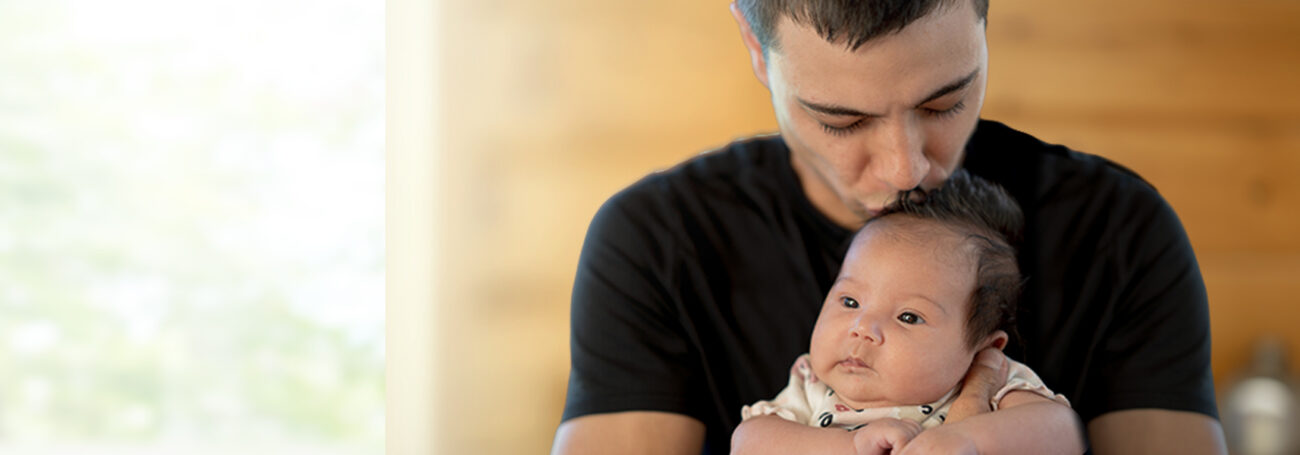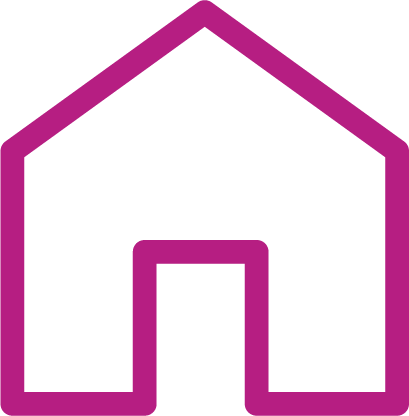The NHVRC used data from 17 models recognized as evidence based by the Home Visiting Evidence of Effectiveness (HomVEE) project to create a national profile of home visiting in 2022.
National Profile
Race
3% American Indian Alaska Native
3% Asian
25% Black
<1% Native Hawaiian Pacific Islander
57% White
7% Multiple
4% Another race
Ethnicity
33% Hispanic or Latino
Caregiver Education
22% No high school diploma
Child Age
37% <1 year
41% 1-2 years
22% 3-5 years
Child Insurance Status
85% Public
11% Private
4% None
Primary Language
79% English
17% Spanish
4% Another language
Notes
See the methodology section for information about the National Profile’s data sources.
Examples of “Another race” include Arabic, Cuban, Dominican, Egyptian, Ethiopian, Filipino, Haitian, Islamic, Japanese, Kenyan, Nepali, Mexican, Middle Eastern, Persian, Portuguese, Russian, Somali, Turkish, and Vietnamese.
Examples of “Another language” include American Sign Language, Armenian, Bengali, Cambodian, Cantonese, Chuukese, Creole, Farsi, Greek, Hindi, Hmong, Karen, Kinyarwanda, Mandarin, Mixteco, Mohawk, Navajo, Pohnpeian, Portuguese, Punjabi, Romanian, Swahili, Tagalog, and Urdu.
Maternal, Infant, and Early Childhood Home Visiting Program
The Maternal, Infant, and Early Childhood Home Visiting (MIECHV) Program demonstrates a significant federal investment in evidence-based home visiting(Source: MIECHV families are a portion of total families served by evidence-based models, but because of the way data are collected (aggregated across all models in MIECHV reporting, with promising approaches included), the overlap between model data and MIECHV data cannot be determined.)Go to footnote #>1 but does not account for all families reached. MIECHV awardees are required to report data annually to the U.S. Department of Health and Human Services about the families they serve. We contacted states, territories, and the District of Columbia to request this information, and most (52 of 56) shared it with us. Supplementing this information with publicly available data from the Health Resources and Services Administration, we calculated the extent of MIECHV-funded services in 2022.
State and territory MIECHV awardees served 68,571 families and 65,692 children (Source: Data on children served are not publicly available, so this count is based on the data shared by 52 of 56 states and territories.)Go to footnote #>2 and provided 844,145 home visits in 2022. (Source: The models represented in the MIECHV numbers are Child First, EHS, Family Spirit, HANDS, HFA, HIPPY, MECSH, NFP, PAT, SafeCare Augmented, and promising approaches. Promising approaches include Following Baby Back Home, Health Start, and Team for Infants Exposed to Substance use Program.)Go to footnote #>3 Tribal MIECHV grantees served an additional 1,668 families and 1,691 children and provided 18,795 home visits in 2022.
Families Served Through MIECHV: State and Territory Awardees
Families Served Through Tribal MIECHV
Families Served by Indigenous-Led Organizations
Home visiting services were provided to families in 22 Indigenous communities through Tribal MIECHV funds in 2022. Families in Indigenous communities also receive home visiting through non-MIECHV-funded programs. For the 2023 Home Visiting Yearbook, we asked evidence-based models to identify programs led by Indigenous organizations, regardless of funding source. Possible examples of Indigenous-led organizations include community health representative programs, tribal councils, tribal health departments, tribal health clinics and centers, and urban Indian health projects. Nine models provided data on home visiting services provided by Indigenous-led organizations. (Source: Models that provided Indigenous-led organization data include ABC, EHS, Family Spirit, HFA, MECSH, MIHP, NFP, PAT, and SafeCare Augmented.)Go to footnote #>4
In 2022, 5,613 families and 4,307 children were served by 164 Indigenous-led organizations. In total, 39,237 home visits were provided, including 18,736 virtual home visits. These data, coupled with information about families served by Tribal MIECHV grantees, begin to convey the reach of evidence-based home visiting in Indigenous communities.
Many partners work to expand home visiting services that meet the specific needs of Indigenous families. Family Spirit—the only MIECHV-approved evidence-based home visiting model created for, by, and with American Indian families—tailors its delivery approach to individual communities. Communities also adapt and enhance models, with developers’ permission, to fit families’ needs and to honor the cultural histories, traditions, languages, and values of Native nations. For example, Tribal MIECHV grantees have asked local grandmothers to mentor and support home visiting families, developed children’s books in Indigenous languages, and worked with model developers to modify enrollment procedures.



